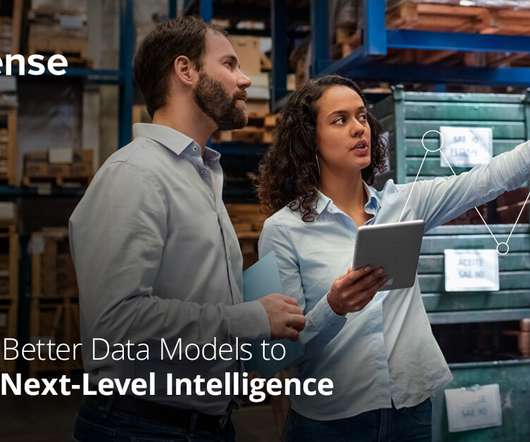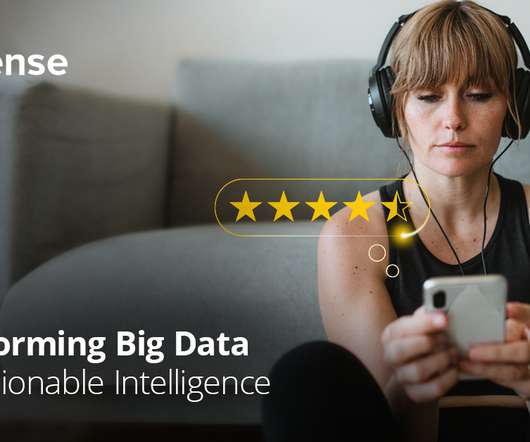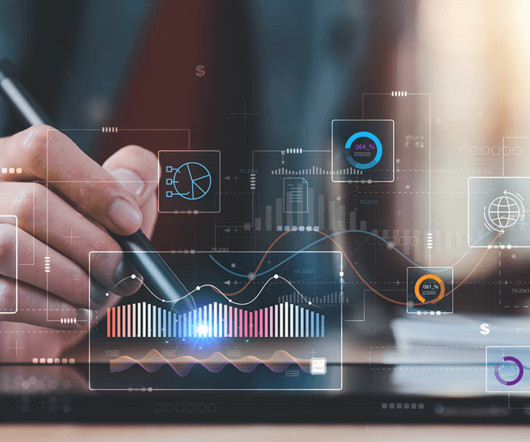What are decision support systems? Sifting data for better business decisions
CIO Business Intelligence
NOVEMBER 14, 2022
Decision support systems are generally recognized as one element of business intelligence systems, along with data warehousing and data mining. They emphasize access to and manipulation of large databases of structured data, often a time-series of internal company data and sometimes external data.

















Let's personalize your content